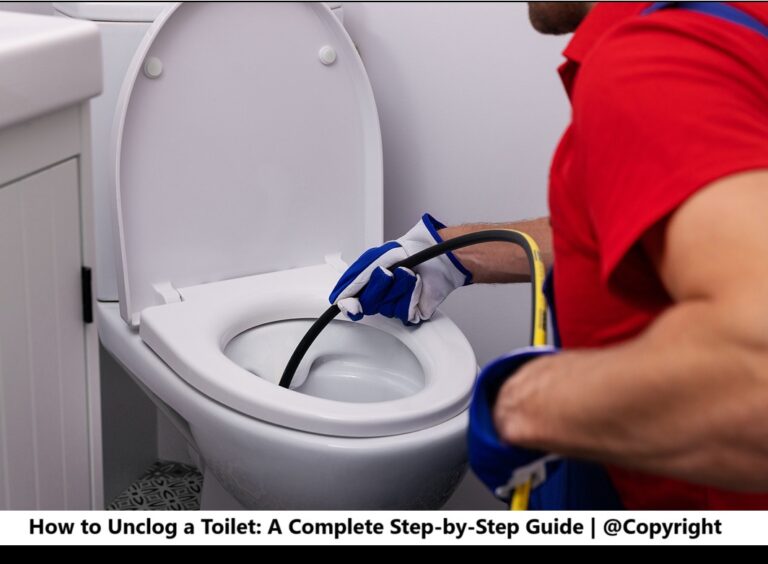1992 Corvette Remover Tail Lights For LED Load Resistor Installation
Upgrading your 1992 Corvette Remover Tail Lights For LED Load Resistor is a popular way to modernize the look of your classic car. Swapping out traditional bulbs for LED ones can improve visibility, reduce power consumption, and add a fresh aesthetic. However, if you’ve noticed issues like hyper-flashing or malfunctioning lights, chances are you need to install a load resistor. This guide walks you through the process of removing your Corvette’s tail lights and setting up LED load resistors—all while keeping it simple and stress-free.
Why Install LED Load Resistors?
Before diving into the “how,” let’s understand the “why.” LEDs use less power than traditional incandescent bulbs. While that’s great for energy efficiency, your Corvette’s electrical system may interpret this reduced power draw as a burned-out bulb, causing hyper-flashing (rapid blinking) or error messages on the dashboard. Load resistors fix this by mimicking the power draw of standard bulbs, allowing your LED tail lights to function properly.
Tools You’ll Need
Don’t worry; this project doesn’t require a professional mechanic or a garage full of tools. Here’s what you’ll need:
- Flathead screwdriver
- Phillips screwdriver
- Socket wrench set
- Pliers
- Electrical tape
- Load resistors (make sure they’re compatible with your LED bulbs)
- Wire connectors (butt connectors or T-tap connectors)
Step 1: Prepare Your Corvette
Before you start, park your 1992 Corvette on a flat surface and engage the parking brake. Disconnect the car battery to avoid electrical shocks or accidental short circuits. This step is crucial for your safety and the integrity of your car’s electronics.
Step 2: Remove the Tail Lights
Removing the tail lights on a 1992 Corvette is straightforward once you know the steps. Here’s how:
Locate the Tail Light Screws
- Open the trunk to access the area behind the tail lights.
- Locate the screws securing the tail light housing. These are typically visible from the trunk area.
Unscrew the Tail Light Housing
- Use your Phillips screwdriver or socket wrench to remove the screws.
- Carefully pull out the tail light housing. Be gentle to avoid damaging the wiring.
Disconnect the Wiring Harness
- Once the housing is free, locate the wiring harness connected to the bulb sockets.
- Disconnect the wiring harness by pressing the release tab and gently pulling it out.
Step 3: Install the LED Load Resistor
With the tail light housing removed, you’re ready to install the load resistor. Follow these steps:
Identify the Wires
- Look at the wiring harness for the tail light. You’ll need to identify the ground wire (usually black) and the signal wire (the one that powers the bulb).
- Refer to your LED bulb’s instructions or the resistor’s manual if you’re unsure which wires to target.
Connect the Load Resistor
- Using wire connectors, attach one end of the resistor to the signal wire and the other end to the ground wire.
- Secure the connections tightly to ensure proper conductivity.
Secure the Resistor
- Load resistors can get hot during operation, so mount them to a metal surface away from plastic or flammable materials. Use screws or zip ties to secure them in place.
Step 4: Reinstall the Tail Lights
Now that your load resistor is in place, it’s time to put everything back together.
Reconnect the Wiring Harness
- Plug the wiring harness back into the tail light housing. Make sure it clicks securely into place.
Reattach the Tail Light Housing
- Align the housing with the screw holes and gently push it into position.
- Tighten the screws with your screwdriver or socket wrench. Don’t over-tighten, as this can crack the housing.
Test the Lights
- Reconnect the car battery and turn on the lights to ensure everything is functioning correctly. Test the brake lights, turn signals, and reverse lights to confirm the issue is resolved.
Common Questions and Troubleshooting
What if My Tail Lights Still Hyper-Flash?
If hyper-flashing persists, double-check your connections. Ensure the load resistor is securely attached to the correct wires. You may also want to test the resistor with a multimeter to ensure it’s working properly.
Can I Install Load Resistors Without Removing the Tail Lights?
While it’s possible to access the wiring without fully removing the tail lights, doing so can be tricky and may result in loose or improper connections. For best results, follow the steps above to remove the housing.
Are Load Resistors Safe?
Yes, as long as they’re installed correctly. Make sure the resistor is mounted on a metal surface to dissipate heat safely.
Tips for a Successful Installation
- Take Your Time: Rushing through the process can lead to mistakes. Follow each step carefully.
- Keep It Neat: Use electrical tape or heat shrink tubing to cover exposed wires and connectors. This prevents short circuits and ensures a clean look.
- Choose Quality Resistors: Not all load resistors are created equal. Invest in high-quality ones to avoid frequent replacements.
Conclusion
Upgrading your 1992 Corvette with LED tail lights and load resistors is a worthwhile project that combines modern technology with classic style. By following this guide, you can resolve issues like hyper-flashing and enjoy the benefits of LED lighting without any headaches. Remember to work patiently, double-check your connections, and always prioritize safety. With a little effort, your Corvette will shine brighter than ever on the road!






